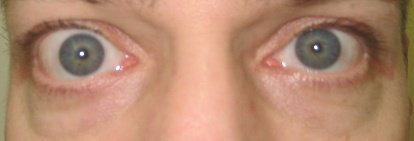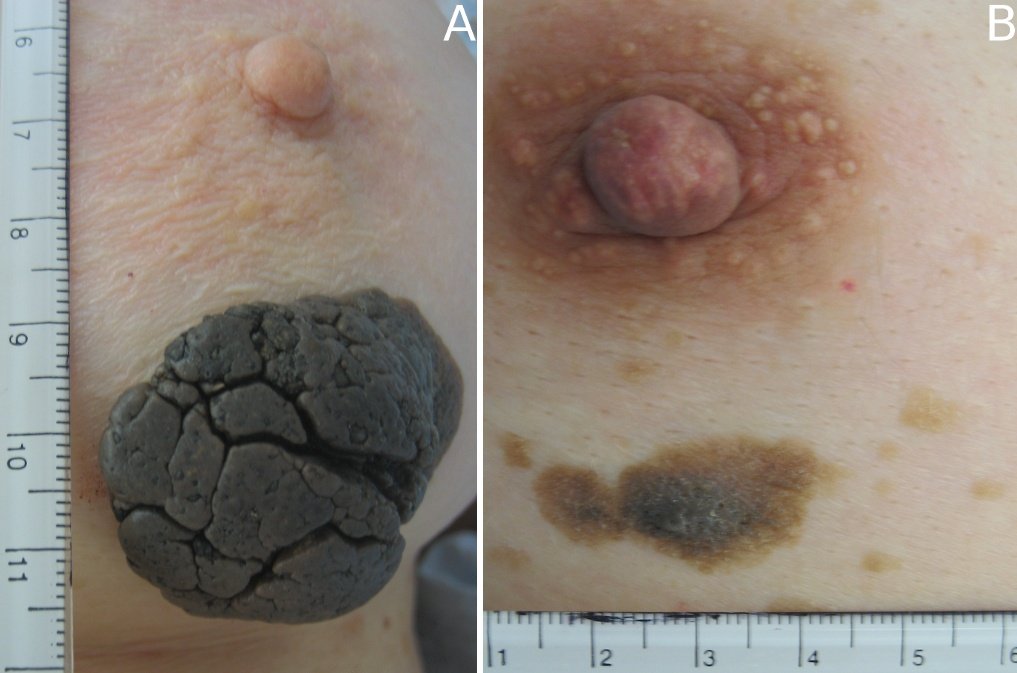Click on photos to enlarge. Download as a PDF for easy printing.

Traditional henna application.

The end result of “pithi” ceremony for the groom, Navroz. The bride goes through the same process.

Backdrop to the wedding ceremony – Bay of Naples, Sorrento, Italy

Zahra and Navroz getting married.

At the reception – Zahra and Navroz Khimji
Every now and then go away,
Have little relaxation,
For when you come back to your work
Your judgement will be surer;
Since to remain constantly at work
Will cause you to lose power of judgement…
Leonardo da Vinci (1452-1519)
Once again, I am using my favourite 500-years-old quote from Leonardo da Vinci to justify my holiday. This holiday was no ordinary holiday. It required many months of planning. But now it is over, my jet lag taken care of, I can keep my eyes open and look with happiness and pride hundreds of pictures taken on the trip.
My nephew in Calgary, Navroz, and his beautiful bride, Zahra decided to get married in Sorrento, Italy. A typical old-fashioned Indian marriage involves almost a week of rituals and celebrations, culminating in the wedding and the reception.
Sorrento is a small town in Campania, southern Italy, with some 16,500 inhabitants. It is a popular tourist destination which can be reached easily from Naples, about hour and a half by coach, winding through narrow beautiful roads up the mountain overlooking the Bay of Naples. A breathtaking view.
The couple planned to have the week-long rituals on the high seas – by way of taking a Mediterranean cruise. They invited all their friends and families, from several countries, to join them in this epic wedding. The couple made special arrangements with Norwegian Cruise Line (NCL) to provide facilities to perform the pre-wedding rituals on the ship without disturbing the other guests. One hundred and twenty family members and friends booked their passage on this cruise ship, appropriately named, Norwegian Epic.
Norwegian Epic is NCL’s newest, largest and most modern ship with a capacity to carry 4,100 guests (double occupancy) and 1,730 crew members. I have taken many cruises before but this was the best cruise ship – like a five star hotel. The only thing which has not changed is the noisy whoosh sound-effect when you flush the toilet – a good way to make you jump if you are asleep and somebody decides to use the washroom.
I landed in Barcelona, Spain (where the cruise began) with my family five days before boarding the ship. The idea was to get over the jet lag and see the wonderful city. The cruise lasted seven days with stops in Livorno to visit Florence and Leaning Tower of Pisa, Civitavecchia to see Rome and the Vatican City, Naples where the wedding took place in Sorrento, Palma De Mallorca to visit the island and then back to Barcelona. It was indeed an epic wedding and a wonderful holiday.
There isn’t enough room in this column to provide all the finer details of the wedding or each city we visited. You can visit this article on my website (nbharwani.com) to see few pictures of the wedding I have posted.
I am sure many of you have travelled far and wide and seen most if not all the places mentioned here. Many of you have attended weddings as well. But some weddings and holidays are exceptional. For me this was one of them.
Holidays and weddings, large or small, are a source of happiness,. And there is a lot to say about occasions which provide bonding, love and joy. Navroz and Zahra did an amazing job organizing such an event. Now, it is the time to make love, have lots of children and live happily after.
Start reading the preview of my book A Doctor's Journey for free on Amazon. Available on Kindle for $2.99!



